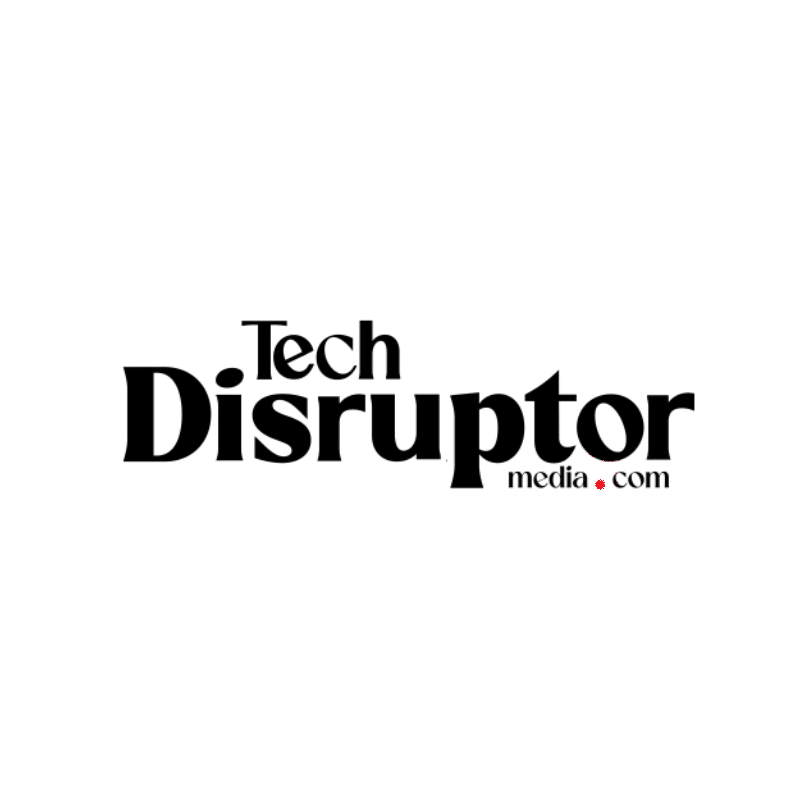Report reveals a dramatic increase in AI adoption with 96% of IT-decision makers now using AI models-up from a quarter in 2023.
The recent State of Application Strategy (SOAS) Report 2025 by F5, analyses the most interesting shift in how enterprises are thinking about artificial intelligence where organisations across the globe are moving from experimentation to use artificial intelligence as operational core.
Researchers now have a much better understanding of how enterprises might leverage these models to speed up their work and how best to manage their drawbacks, and companies are putting real effort into the differences between creating models and creating products.
The report summarizes a global survey of IT decision-makers that demonstrates a significant increase in the adoption of AI and encapsulates the opportunities and operational challenges associated with this transition.
AI gateways and security matter most
To deploy the potential of AI, half of organisations have deployed AI gateways to connect applications with AI tools, and another 40% are expected to do so in the next year, according to industry experts. The main purpose of these gateways is to protect and manage AI models (62%), to secure control over them centrally (55%) to stop leaking confidential data (55%).
However, it also raises new issues: AI model security emerging as the number one challenge, and operational readiness still has gaps. Manual workflows (60%) and skill shortages (54%) still hold progress back, while almost half of organizations see the escalating expense of building and operating AI workloads as an emerging problem.
Data quality, trust, and API complexity
Data quality has significantly gotten better, but trust is still an issue with the results AI generates. A large ratio of organisations (34%) of organisations worry about AI bias or hallucinations, and 39% of need a better scalable data practice.
API complexity is another pain point, with 58% calling it a pain point. Managing vendor APIs, manual custom scripting, and managing system integration all remain time-consuming activities that will force operational simplification and standardization to make it less painful.
Hybrid Cloud: A new normal
The data is clear, hybrid cloud architectures are the new normal with 94% of organizations now using applications across these multiple environments – public and private cloud, on-premise, edge, and colocated facilities.
The main purpose being usability, 91% of organisations find beneficial business needs flexibility, then resilience (68%) and cost efficiencies (59%) behind flexibility. Perhaps more importantly 79% of organizations within the last year had at least one application repatriated from public cloud to on -premise or colocated and cited cost, security, and predictability, involving an increased number of organizations showing a rate of nearly 6x from 4 years prior of 13%.
However, hybrid models create complexity. Common issues arise for organizations, such as unsatisfactory delivery policies (53%) and fragmented security strategies (47%) which ultimately exemplify the management challenges presented through distributed environments.
Regional Focus: Roadblocks Towards AI Usage in APCJ
The data in the Asia-Pacific, China, and Japan (APCJ), shows a 49% increase in the adoption of gate-way (AI) apps with an additional 46% planning to adopt them. Yet, generally over half of organizations (53%) claim a lack of mature data quality, while 45% fail to see the value of the workload involved as costly. Having hybrid deployments adds another level of concerns including; inconsistent security policies (79%), and inconsistent delivery (59%).
Path Forward: Programmable, Automated IT
Looking forward, the SOAS Report recommends programmable IT environments to standardize and layer security into automated applications. By 2026, AI will not only orchestrate end-to-end processes with multiple autonomous tasks, but will take automation to the next level. Platforms with natural-language interfaces and programmable capabilities will outstrip classic management consoles, delivering better operational efficiencies, efficiency of scale, and accuracy.
Cindy Borovick, Director of Market and Competitive Intelligence at F5, states the case: “Flexibility and automation are no longer optional facilities- they are now imperative factors for navigating complexity and scaling transformation. The organizations that build a programmable foundation will not only enhance AI but will be able to build IT strategies that can scale, adapt, and deliver differentiated customer experiences for businesses in the modern era.”
Based on the F5 2025 SOAS Report, we see the industry at a tipping point. AI has transitioned from an aspirational focus to actionable practice, and organizations are scrambling to embed AI into the foundation of their business. However, businesses will have to consider the challenges that accompany AI becoming central to business strategy – including the factors of security, trust, operational readiness, and hybrid complexity. The winners will be the ones to simplify, standardize, and automate-AI’s potential unlocked, and the agility of reaction retained within an industry and world of rapidly changing technology.




